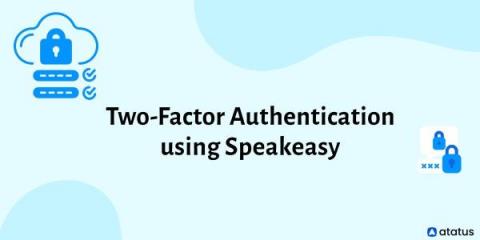Systems | Development | Analytics | API | Testing
Development
SmartBear Releases Results of 2021 State of Software Quality | API Survey
Addressing Common Institutional Onboarding Challenges in Financial Services
For financial services organizations, onboarding institutional clients is challenging. The process is complex and made even more so by increasingly distributed and decentralized work, which compromises visibility and transparency and makes connectedness difficult. It also introduces a high degree of risk, as manual processes expose organizations to errors and inconsistencies.
Serving multiple SSL certificates in your Go tests
Over the past few months, I’ve been redesigning and writing StatusCake’s SSL monitoring feature from Node to Go. This blog post describes one of the more subtle challenges we came across to help you master it if you find yourself with it too! Writing a Go client that fetches an SSL certificate isn’t a new problem. A common approach is to use a http.Client. This limits you to just certificates served over HTTPS, when technically anything running TLS can have a certificate.
Microservices Trends: The Top 4 Trends That Will Shape Microservices Development In 2022
Under the Hood of Macros in Elixir
Welcome back to part two of this series on metaprogramming in Elixir. In part one, we introduced metaprogramming and gave a brief overview of macros. In this part, we will explore the inner workings and behaviors of macros in more depth. As discussed in the previous post, macros are compile-time constructs in Elixir. So, before diving into how macros work, it is important to understand where macros lie within Elixir’s compilation process.
Two-Factor Authentication(2FA) using Speakeasy
Normally, you must submit a password in order to log into an application. In the case of two-factor authentication, you must also provide a one-time temporary password (also known as a token) in addition to your regular password. You can get this OTP in a variety of ways. The different varieties of 2FA are determined by how the OTP is provided. The OTP can be sent via email, SMS, as a software token using applications such as Google Authenticator, or as a hardware token.











